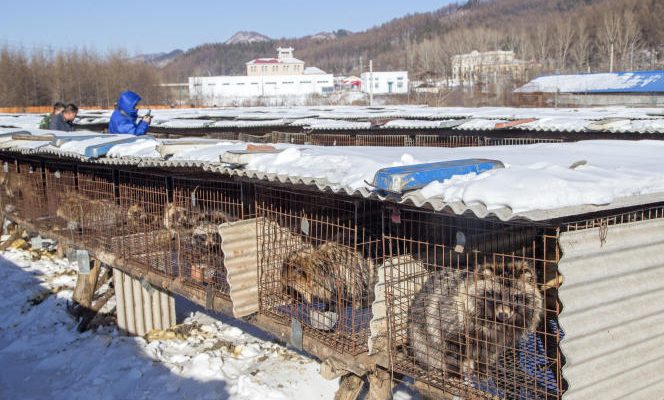Obsession pays. For months, evolutionary biologist Florence Débarre (CNRS, Sorbonne University) had been searching various genomic databases for clues to samples taken from the Huanan market in Wuhan, in early 2020 – at the very beginning of the Covid-19 pandemic. 19.
These samples were mentioned in a non-peer reviewed study (preprint) uploaded on February 22, 2022 by a Chinese team. George Gao, former director of the Chinese Center for Disease Control and Prevention (CCDC), and his colleagues concluded that the famous market was not at the origin of the pandemic, but that it was one. ” booster “ due to the large number of visitors.
Florence Débarre was never convinced by these conclusions, and in particular by a figure studded with gray dots whose interpretation was not provided. It is these gray points that she has helped to reveal. Her monitoring has indeed led her to get her hands on an unprecedented mass of metagenomic data revealing that, in samples positive for SARS-CoV-2 – taken from stalls, cages, carts, blood on the floor, in waste water, on frozen products, etc. – sometimes featured mammalian DNA. Some of which, such as the raccoon dog or the civet, likely to transmit this virus, could have served as intermediate hosts between the bat, its natural reservoir, and humans.
600 gigabytes of new data
It was on March 4 that Florence Débarre spotted new entries on the basis of Gisaid (the Global Initiative on Sharing Avian Influenza Data), a foundation hosted in Germany. This data, submitted in June 2022 by Pei Pei Liu (CCDC), remained invisible to users until January 30. Florence Débarre understands on March 9 that these entries give access to downloadable raw data corresponding to those mentioned in the manuscript of Gao and his colleagues. She immediately contacted virologists, several of whom have co-authored studies – often controversial – opposing the thesis of laboratory leakage in favor of that of a so-called “zoonotic” origin. They will immediately download the 600 gigabytes of new data to make them talk.
This bioinformatics work will quickly succeed and highlight the presence of many animals, including the raccoon dog, precisely in samples taken where the virologist Edward Holmes (University of Sydney) had photographed in a cage in 2014. On the other hand , no pangolin tracks, the original suspect.
You have 78.4% of this article left to read. The following is for subscribers only.
